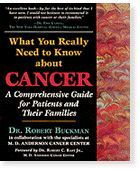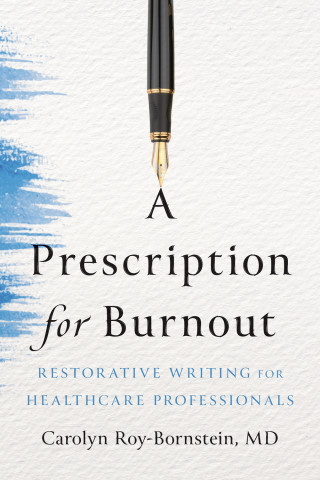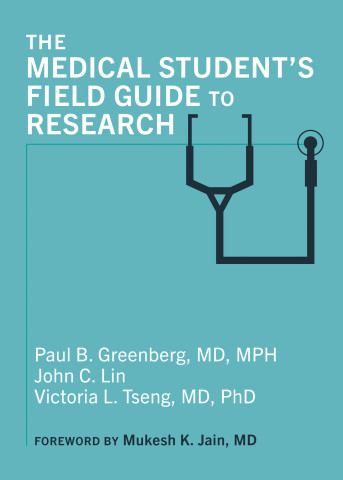
Reviews
This short, easy-to-read book... has a great potential to improve the way clinicians understand the process of breaking bad news. The book features clear writing, believable examples, and practical suggestions... Clinicians of every specialty and skill level will benefit from How to Break Bad News. Further, it should be required reading for all medical students and residents who plan to take care of people.
In his fine book, Robert Buckman... presents a well-organized, thoughtful, and readily assimilated approach to breaking bad news... At last, we have a wise, useful, readable textbook on the communication of unpleasant information... Buckman has treated an enormously important and complex topic in a sensible, practical, and engaging fashion. Sophisticated concepts are put forth concisely, clearly, and simply, with relatively little jargon... This thoughtful and stimulating presentation will be appreciated by all clinicians faced with the difficult task of sharing bad news.
This is an exceptional and important book that excels in its organization, readability, practicality, value, and relevance to family medicine... The book would be helpful (and should be required reading) for health professions students, residents, and junior practitioners of all specialties, but the text is so practical that even seasoned clinicians (perhaps unaware of suboptimal communication styles) would benefit.
An expert in breaking bad news is not someone who gets it right every time; she or he is merely someone who gets it wrong less often, and who is less flustered when things do not go smoothly.
Book Details
Chapter 1. Introduction
Chapter 2. Why Breaking Bad News in Difficult
Chapter 3. Basic Communication Skills
Chapter 4. Breaking Bad News: A Six-Step Protocol
Chapter 5. The Patient's Reactions
Chapter 6
Chapter 1. Introduction
Chapter 2. Why Breaking Bad News in Difficult
Chapter 3. Basic Communication Skills
Chapter 4. Breaking Bad News: A Six-Step Protocol
Chapter 5. The Patient's Reactions
Chapter 6. Other Peoples' Reactions
Conclusion
Appendix. An Interview Using the Breaking-Bad-News Protocol
Notes





